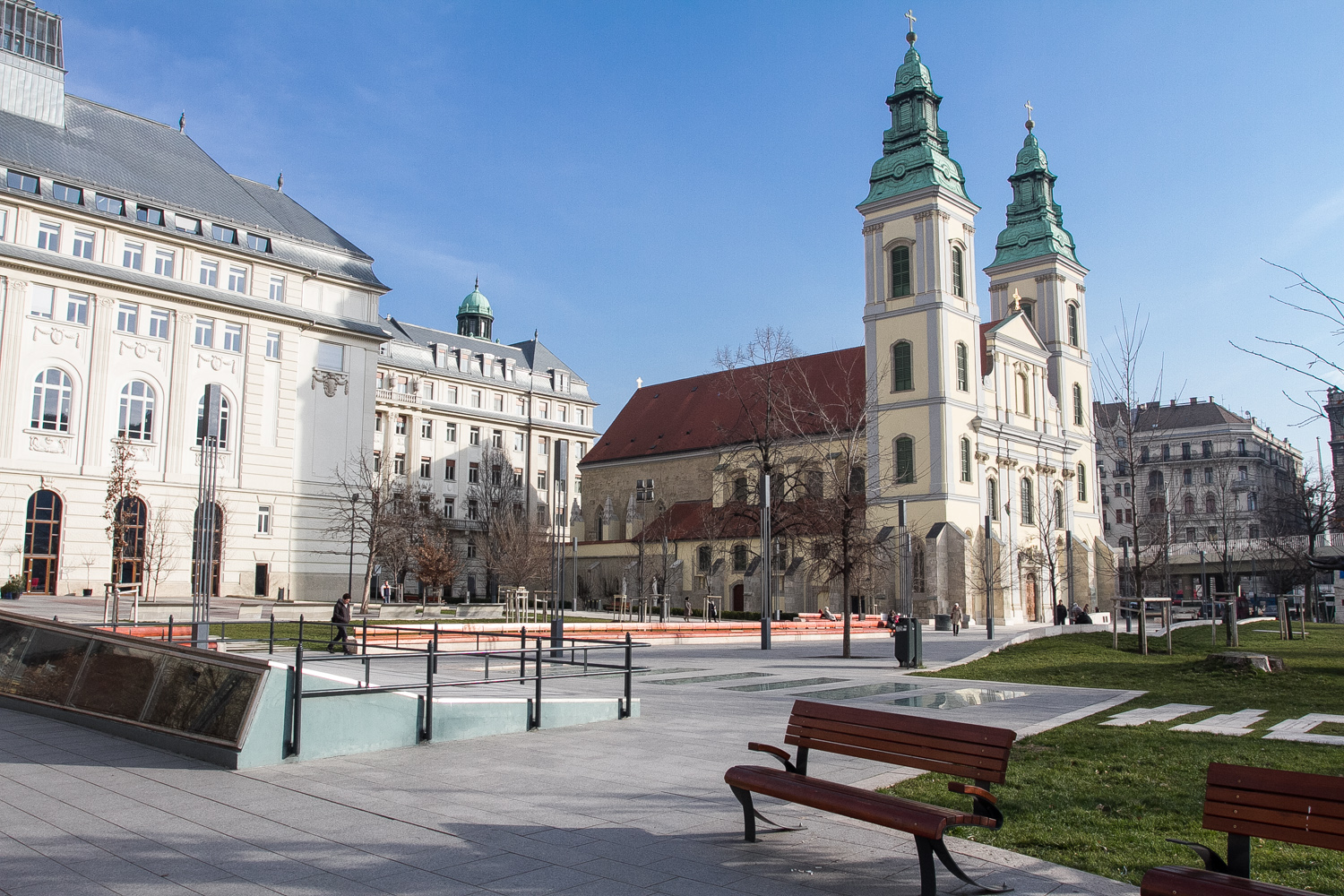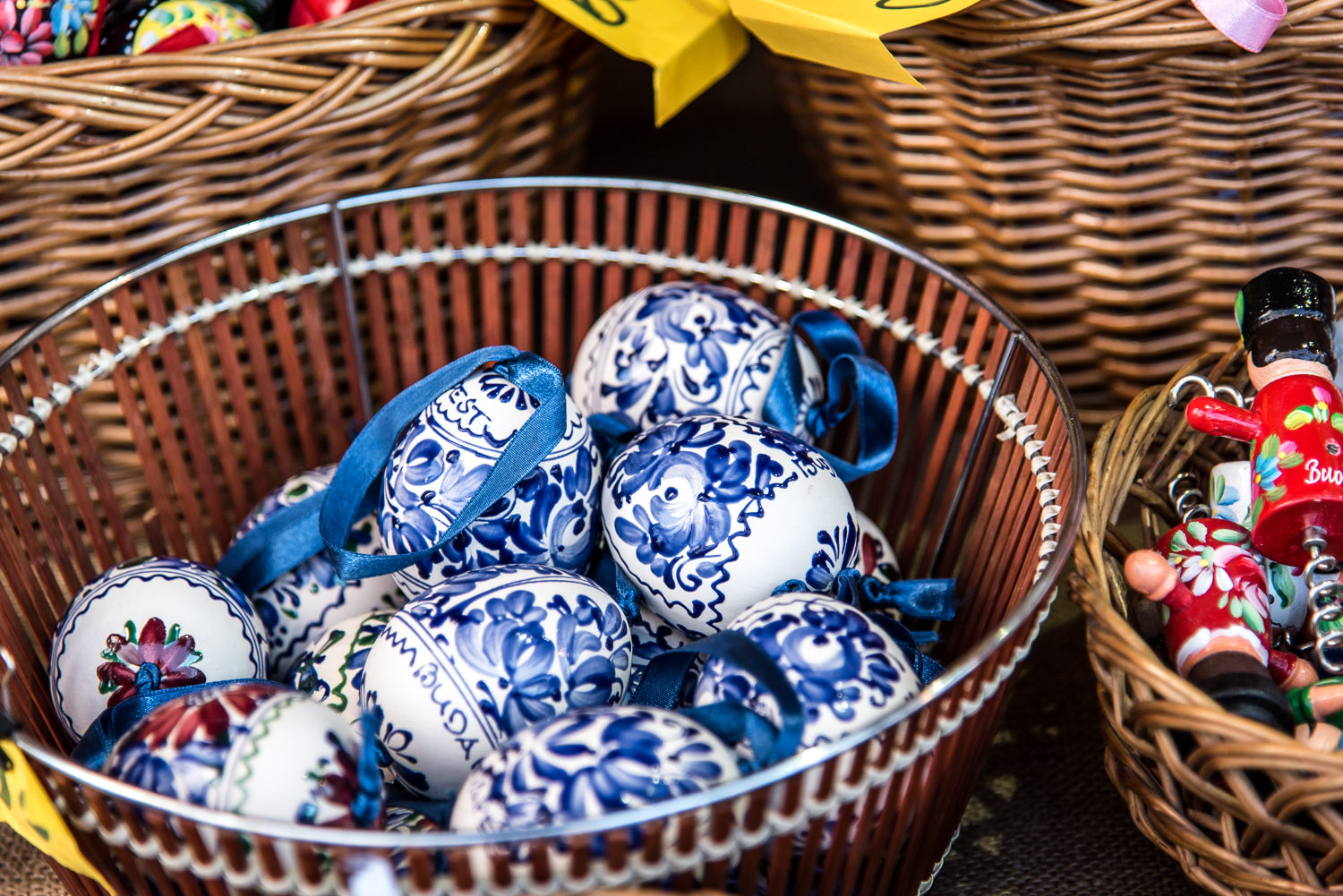
Március 15. tér is an unusual square in that you probably can’t name another space in Budapest – even perhaps in Hungary as a whole – divided in two by a bridge. The Pest end of Elizabeth Bridge splits it into two uneven parts – with the section below the crossing also officially Március 15. tér.

The larger, northern, half spreads out in neat fashion around the church, the smaller one, where you find the historic Mátyás Pince restaurant, is only otherwise used as a place for cars to park. Many don’t know it’s even part of Március 15. tér.
The
site was always a square of some kind. In Roman times, Pest was just another
marshy area covered with floodplain forests. Here stretched the so-called limes,
the border strip, which included the fortress Contra Aquincum, from which the surroundings
were well visible.
But the garrison wasn’t just tasked with guarding and
protecting the frontier. From the outset, although larger barbarian armies did
not broach the stronghold, gangs of looters raged and smuggling flourished.
The guards tried to restrain them while ensuring the smooth operation of the ferry crossing – the fort even had a postal service. When the barbarians eventually came, the fortress was destroyed – there is no trace of what it might have looked like. The remains of the watchtowers were excavated later and can be seen in a covered display room.

In the 13th century, the Romanesque predecessor of the Inner City Parish Church was built on this same site, around which a cemetery was built. A century later, by order of King Zsigmond, the church was reconfigured in Gothic style. Good King Matthias further developed it with two aisles, before the invading Turks converted it into a mosque.

In 1723 the church was destroyed by fire, then restored between 1725 and 1739 in Baroque style. Later, the church was restored several times, and when the market stalls set up 100 years earlier were demolished in 1932, parts of the former Gothic building were found.

After World War II, at the time of the restoration of Elizabeth Bridge, it was planned to push the church to one side, but this was abandoned. Urban myth has it otherwise.
There was a market in the area in the Middle Ages, and the proximity of the Danube obviously played a role in this, as here was Halpiac or Hal tér, Fish Market or Fish Square. It stayed that way until the 18th century, during the reconstruction of the church.

The square was then named Kirchenplatz (Church Square), and renamed Egyháztér, also Church Square, in 1872. Two years later, it became Eskü tér, ‘Oath Square’ in honour of Franz Joseph.
The next, and so far final, name change, took place a few years after World War II, in commemoration of the centenary of the Revolution and War of Independence of 1848-49: Március 15., the date when the uprising began at the Pilvax coffeehouse nearby.
A few years later, during the reconstruction of the Elizabeth Bridge in the early 1960s, a statue of Empress Elisabeth, which had stood here war-damaged for 20 years, was removed and placed in storage. Since 1986, it has been standing at the Buda bridgehead just over the Danube.

Though renamed in 1948, the square wasn’t cared for, the church neglected and the Roman ruins were left for nature to wear down. The space was in a disgraceful state during the period of régime change, and at that time its only real attraction was that the scenic view of the opposite Buda bank.
This sad situation went on until 2009. It was then that the authorities undertook a complete reconstruction and revival of the space, as a result of which the square – and the church alongside – seemed to have been renovated. Unveiled in 2011, Március 15. tér is tidy, spacious and beautiful, including its historic monuments.




